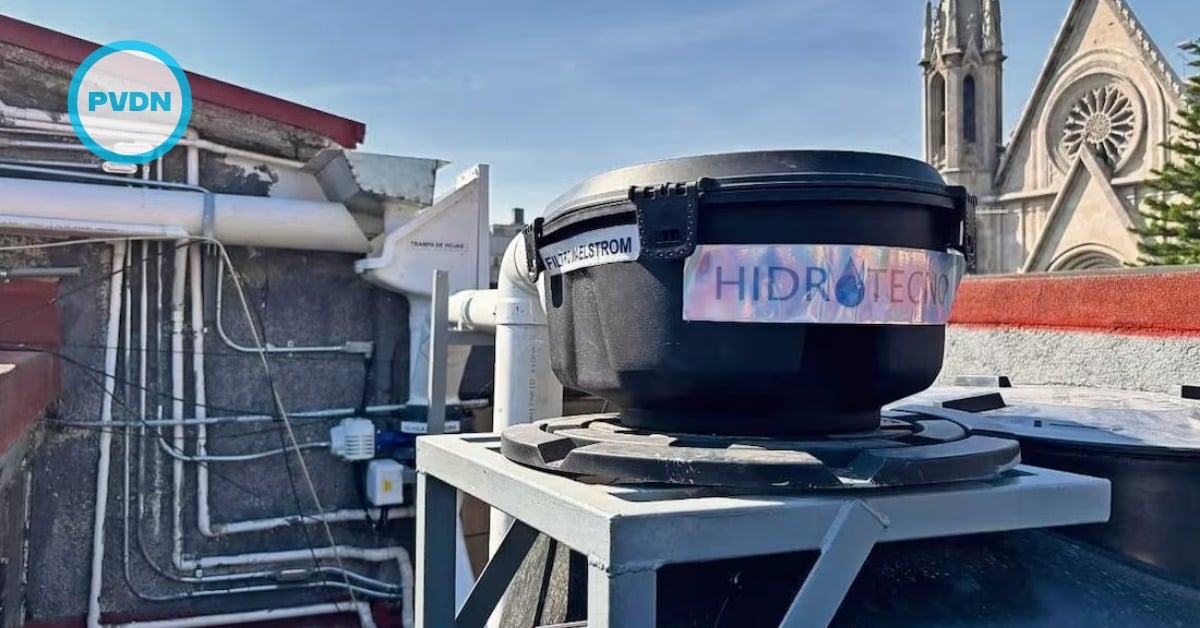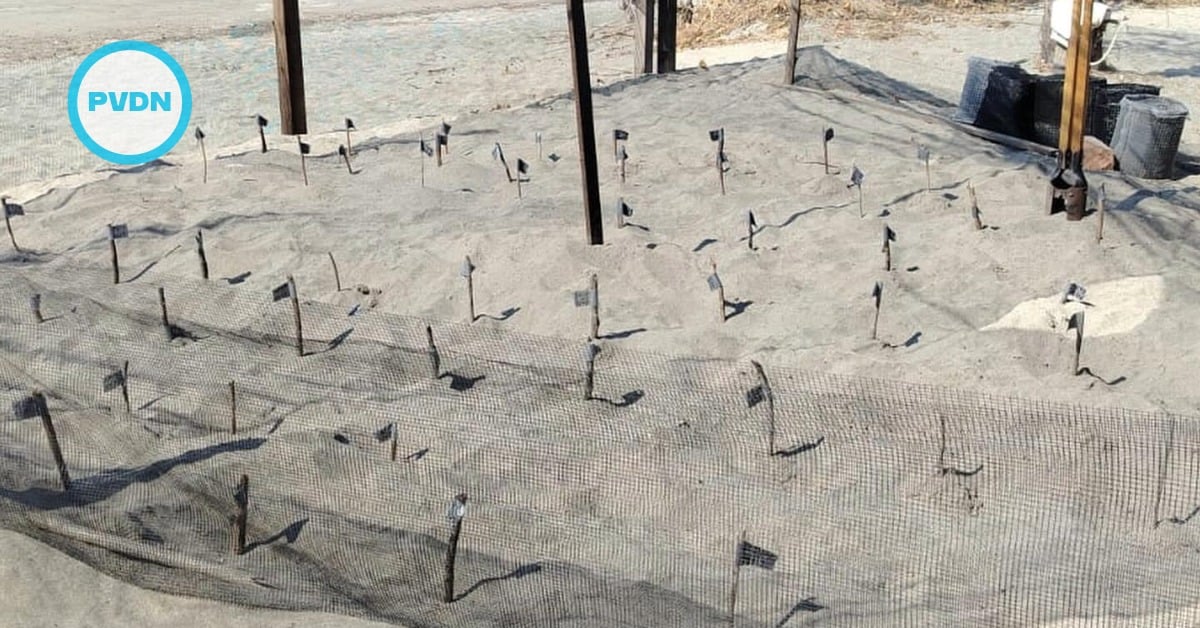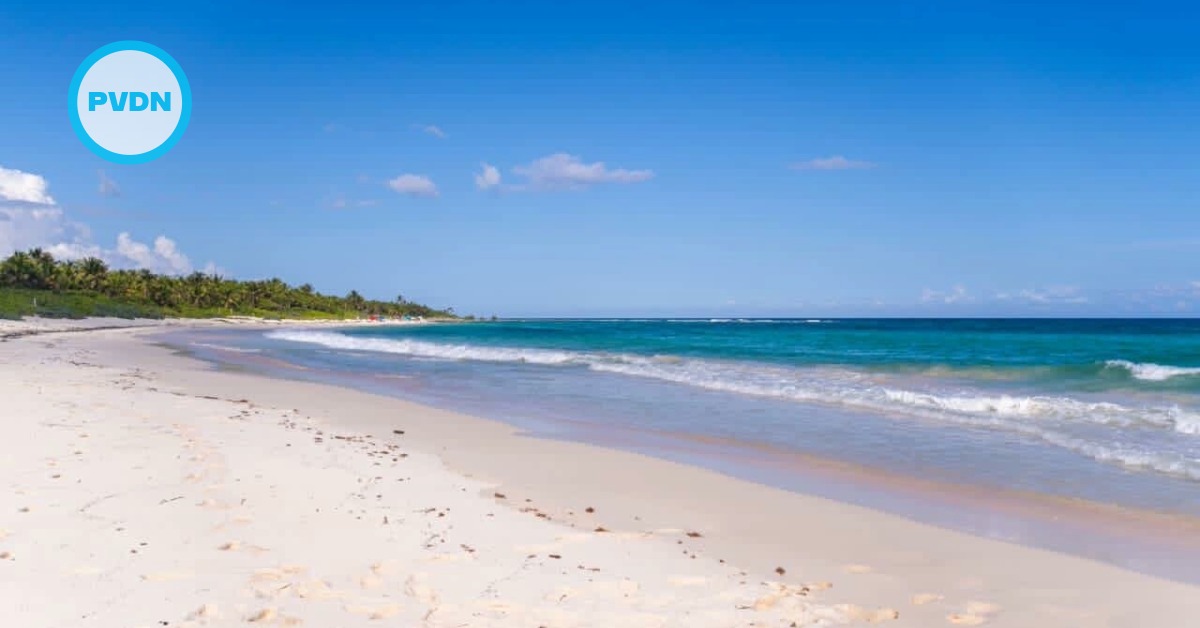San Cristobal de las Casas is situated in a fertile valley surrounded by mountains in the southern state of Chiapas, Mexico. Chiapas is home to several indigenous groups descended from the Maya, two of the largest being the Tzotzils and Tzeltals who inhabit highland villages surr…





